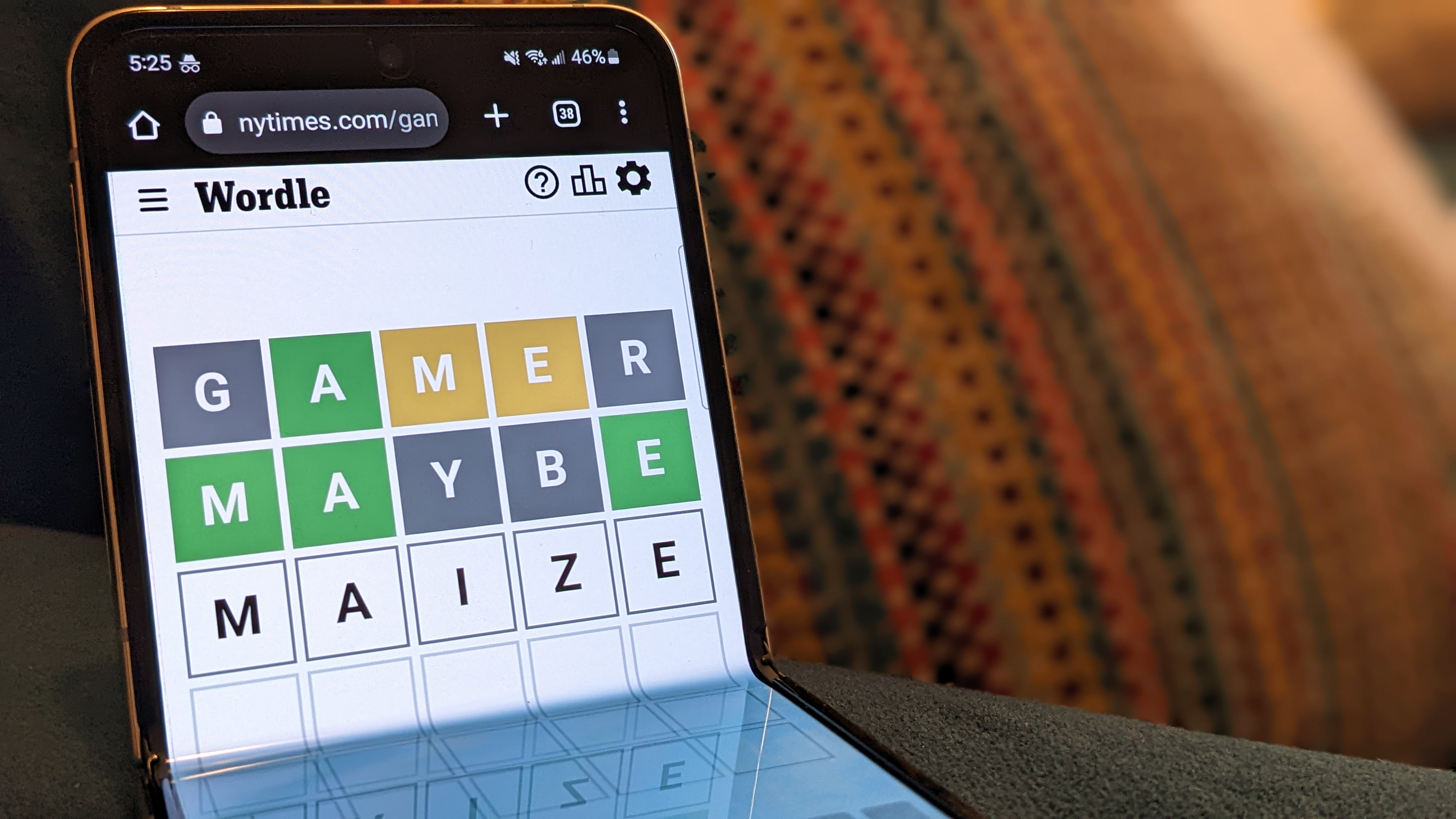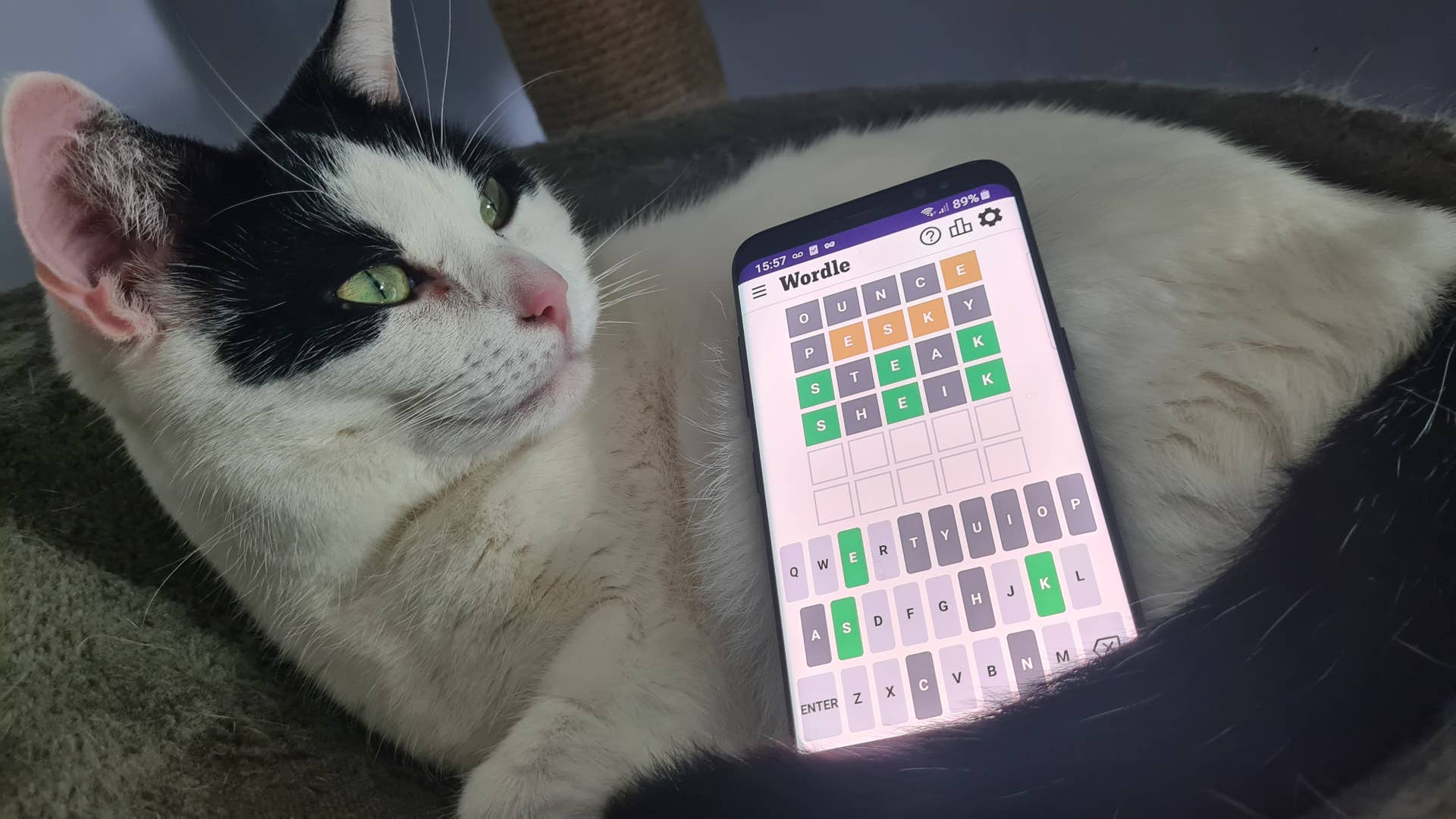
PGA Tour 2K25 Review

Despite my avid love for all things sports, I’ve given up on the idea that I’ll ever be good at golf. Something about the way the body must contort to successfully crank a ball down the fairway just doesn’t compute in my mind. But like few other games can, PGA Tour 2K25 takes everything I visualize myself doing in real life and executes it virtually, thanks to its in-depth simulation gameplay that lets my thumbs and brain do what my actual body simply refuses to do.
To be honest, I went into PGA Tour 2K25 a bit hesitant. While 2K23 wasn’t the worst golf game I’ve ever played, it lacked any shine in its personality or gameplay, which came as a surprise considering HB Studios has been dutifully working on successful golf sims like The Golf Club for well over a decade. Couple this with the fact that, unlike most sports games, PGA Tour 2K took two full years to put out a new iteration, and it was safe to say my expectations were in check.
To my surprise and relief, that extra time paid off: it didn’t take long for PGA Tour 2K25 to impress me with its improvements, especially in terms of appearance. While it still can’t quite match EA Sports’ rival PGA Tour game head to head in their respective visual recreations of golf, the difference is nowhere near as stark as it had been. Player models look much closer to their real-life counterparts, courses are more detailed, and animations are crisper. I found myself pausing while playing multiple times to take in the water crashing against the rocks or comparing the cut of the fairway, fringe, and rough areas for each course. The putting and driving animations are also fluid, no longer stopping abruptly after contact or feeling too weighty. Performance is smoothed out as well, and the only time I ever ran into issues with dropped frames on my PlayStation 5 was due to internet connectivity issues. Even the single-player Career Mode is always online, so there were a few instances where my shot would stutter and even a couple of times where my round didn’t save.
My biggest gripe with the look and feel of PGA Tour 2K25 is the low-energy commentary team of Luke Elvy and Rich Beem. While they are both very knowledgeable, describing approaches and conditions beautifully, their lines could not be more flatly delivered. I know golf isn’t the most exciting sport, but there is no need to sound like a robot when discussing it.
They also seem to have a vendetta against me. If I do any worse than getting on the green in two or birdie putting, Rich Beem will berate me like Bob Barker going at Happy Gilmore—the price is wrong, Richie! At least thanks to my experience dealing with FIFA commentary for years, tuning them out wasn’t very difficult.
Other than that, it’s pretty much all good news. For example, it’s clear that HB Studios prioritized features that the community has been begging for. The most notable additions revolve around approaches, with the ability to change tee position and choose your hazard drop spot. It might seem like a small detail, but not being able to adjust position after a water hazard or move the ball at the tee for a better angle made for some of my most frustrating shots in PGA Tour 2K23. I love the amount of control that 2K25 gives me.
Another big change is that MyPlayer development has become an RPG system that allows you to unlock specific shots as you go, making your growth in the MyCareer campaign customizable to your specific strengths. Skills in the six trees vary from advanced shot types like the Stinger, which is ideal for dealing with high-wind situations, to proficiency boosts, which help buff each shot. I chose to build a Powerhouse archetype who focuses on driving down the fairway, getting my feet wet against other newbies in the Q-School.
It was here that I got comfortable with the new EvoSwing mechanics. The new-and-improved golf swing technique focuses on proper posture, torque, and arc size, and after each swing it even breaks down how good your contact, rhythm, transition, and swing path are so you have detailed information on how to improve. You can even customize how it controls by choosing the classic Swing Stick or the 3-Click Swing, depending on your skill level.
The Swing Stick simply requires you to pull the right stick back and release to swing, which is easy to get the hang of but it still has to be lined up well to get a good shot. The 3-Click Swing is certainly harder to master, since you have to press, hold, and release before clicking to push or pull the shot and finally click again to hook or slice, but it is something I love as a veteran golf (game) for the control it gives you over your shot. After using it to blow my competition out of the water, shooting 30 under par across four days, I moved on to the PGA Tour.
Like the real deal, the goal here is to compete for points in tournaments, finishing in the Top 70 to earn a spot competing for the FedExCup. But instead of thrusting you into each event blindly, PGA Tour 2K25 features training and scouting scenarios before each event as a way to earn stat buffs and get the lay of the land. Training scenarios are bite-sized minigames, such as target challenges or competing to land on the green quickest or to sink the most long putts. Completing these gives your character a temporary boost in specific attributes, which is applied to the coming tournament. At first, I shrugged these off as ways to pad playtime, but once I played on harder difficulties I realized how what seemed like a minor buff to my drive power could mean the difference between hitting the fair way instead of a bunker. Practice Rounds also give you an edge for the coming tournament in exactly the way you’d expect: being able to play and feel out the specific run and shape of every course just before competing there is a real difference-maker. It is so satisfying to strategize for a course just like the pros would.
Not every new feature in MyCareer lands on the fairway, though – especially the new personality and popularity mechanics. We’ve seen all this before in other games like Madden and EA Sports FC: Your pro spends time off the course gaining influence with fans, developing a following, and forming a personality based on the answers they choose in conversations and interviews. While this is a well-meaning effort to give MyCareer a bit more flair and make you feel like the belle of the ball, the system feels just as pointless as it does in other games. All conversations are done through text and don’t have an effect on the actual gameplay, so it feels unpolished and isn’t a good use of time.
The actual way to get sponsorships and unlock questlines for XP is simply by doing well at playing golf. This was pretty easy to do at first because the default settings PGA Tour 2K25 feel like child’s play: I was easily winning each tournament, destroying the likes of Viktor Hovland by -13 strokes a round.
At this point, I decided to experiment with the customizable sliders, which let you tune everything from CPU difficulty to green conditions to weather. The difficulty took the most time to experiment with, as it was hard to find the right percentages to match my own skills, and seemed uneven. In some games, one golfer would score 10 under the second-closest AI rival. However, once I adjusted weather and course conditions to random the playing field started to feel much more level, and scores were closer. Either everyone benefited from the smooth greens and shining sun, or everyone suffered the whipping winds and slick surfaces where the ball glides way too fast across them.
The Dynamic option, though, is my favorite addition to MyCareer since 2K23: With this, you can choose the number of holes you want to play within a course, and which specific ones, and any skipped holes will be simulated. I don’t mind playing a full 18 most of the time, but having the option to shorten the time commitment for some rounds by simming dynamically is a nice touch.
Microtransactions are, unfortunately, still present in PGA Tour 2K25, but mercifully they are mostly cosmetic-based. Yes, you can dump real money into making your player a superstar stat-wise and decked out with flashy clothes right off the bat, but you’ll also earn upgrade points and different outfits at a decent clip by completing tournaments, so they aren’t entirely necessary and are less objectionable than what 2K has been doing in its casino-like approach to NBA 2K in recent years. So playing online with others is still enjoyable, since this isn’t a sport where you’re being dunked on by someone who can run faster and jump higher because they paid extra.
The same seven online modes from 2K23 return, including my favorite: four-ball. I loved competing against my partner and the other team, as it simply felt more competitive, fast-paced, and interactive than going against AI. For my money, this mode is the next best thing to being out on the course with your buddies competing in real life. Ranked and Casual games also let you choose between Swing Stick and 3-Click lobbies and select which gameplay features and aides you want off and on to make sure everybody’s on the same page. It’s also notable that Societies mode now offers crossplay features, letting you and your friends schedule asynchronous events regardless of platform differences.






